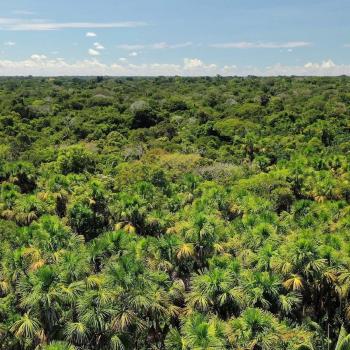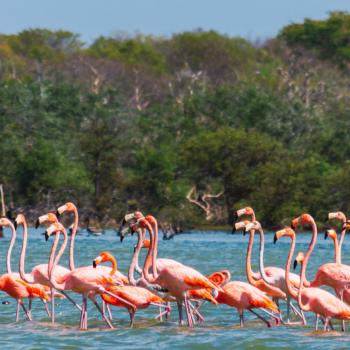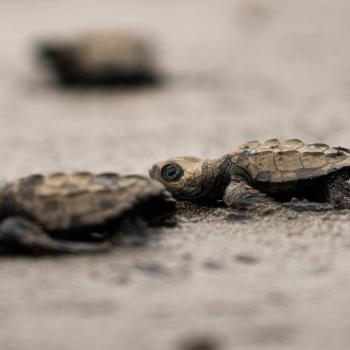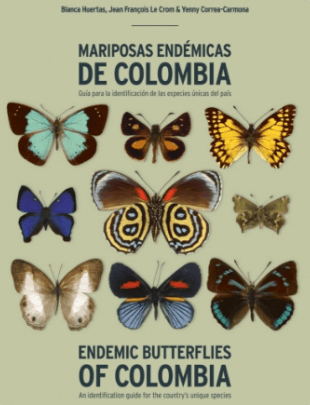The Tatacoa Desert, in the south-west of Colombia, is a land of mystery and astonishing silence, and its vast scale and unusual landscapes leave visitors in awe.
The second largest desert in Colombia, La Tatacoa desert covers 330 km² of grey, red and ochre canyons and peaks, interrupted only by the vivid green of its cacti.
The name ‘Tatacoa’ refers to the rattlesnakes that once lived in the region, and the area is sometimes known as the rather more poetic “Valley of Sadnesses”.
In fact, this Colombian desert is not a desert at all, but a dry tropical forest. Scientists estimate that during the Tertiary Period it was a beautiful garden, full of thousands of tropical flowers and trees that gradually dried into a desert.
A visit to the Tatacoa Desert is an experience in itself. It’s one of the few places on earth where visitors can experience such stillness and silence on an incredible scale.
Still, if you’re in search of activities, here are some of the things for visitors to do:
What to do in the Tatacoa Desert
Hike and appreciate the wildlife and landscapes
The Tatacoa Desert divides itself into two zones with characteristic colors, ochre in the Cuzco zone and gray in Los Hoyos. Both of these are excellent areas for hiking and wildlife spotting.
When the desert dried out, very few plant and animal species were able to adapt to the area’s scant humidity and high temperatures, with the exception of the cacti that can grow up to an impressive five meters high.
Other wildlife you might see includes turtles, rodents, snakes, spiders, scorpions, eagles, lizards and ocelots, with most of them likely to be hiding in the shade.
The plants in the area have adapted to the challenging climatic conditions and are well worth examining. Many have developed 30-meter long horizontal roots and 15-meter vertical roots that allow them to seek out and access water.
One of the best things to look for is the scenery itself. The Tatacoa Desert is criss-crossed by dry canyons that develop during the area’s rainy season. These canyons create mysterious shapes over the desert’s clay surfaces and generate a maze of gullies that can reach depths of up to 20 meters.
If you do decide to hike in the Tatacoa Deserts, consider walking as part of an organized tour and seek shade as much as possible. The average temperature in La Tatacoa is 28° C, but on sunny days it can reach up to 40° C.
You may also be interested in: 5 places to experience glamping in Colombia.
See the stars at the Tatacoa Observatory
The Tatacoa Desert is also a renowned location for astronomy and many visitors are in search of the stars and other celestial bodies.
The area enjoys a privileged geographic location, with a latitude of 3º13' north and a longitude of 75º10' west, not far from the equatorial line.
It has no light pollution and the ideal atmospheric conditions for star-gazing.
Visitors to the Tatacoa Observatory can:
● Observe 88 different constellations.
● Tour the various celestial objects.
● Admire fascinating phenomena such as meteor showers.

La Tatacoa Desert
Photo by: Erik Cleves Kristensen
Explore Colombia’s paleontological past at Villavieja
The nearby municipality of Villavieja, known as Colombia’s paleontological capital, is home to an outstanding Paleontological Museum.
The museum showcases fauna and flora deposits that date back millions of years.
Scientists have uncovered fossils of mollusks, rodents, armadillos, and giant sloths that act as a reminder of the exuberant and diversified animal and plant life that once inhabited La Tatacoa.
For these reasons, the desert receives a great many visits, especially from paleontologists and geologists for whom it is a research paradise.
Attend a Star Party at La Tatacoa Desert

La Tatacoa Desert
Photo by: Karolynaroca
Given the desert’s astronomic pedigree, it occasionally plays host to a “star party” where astronomers, scholars, scientists, and students, as well as amateurs in astronomy and celestial bodies, gather and investigate the skies.
Aside from observing the heavens, talks, conferences, and recreational and academic activities related to the astronomical sciences are also scheduled.
You may also be interested in: Sierra Nevada de Santa Marta Natural Park: land of wise people

La Tatacoa Desert
Photo by: Erik Cleves Kristensen
How to get to Tatacoa Desert
● By air: a 30-minute flight from Bogotá to Neiva.
● By land: a 5-hour trip from Bogotá to Neiva.
● The journey from Neiva to Villavieja takes about 45 minutes by car; from there to the desert, an additional 15 minutes.
● If you have no car, you might consider using a motorcycle taxi service, which will take you from Villavieja to the desert.
You may also be interested in: Destinations with amazing nature























